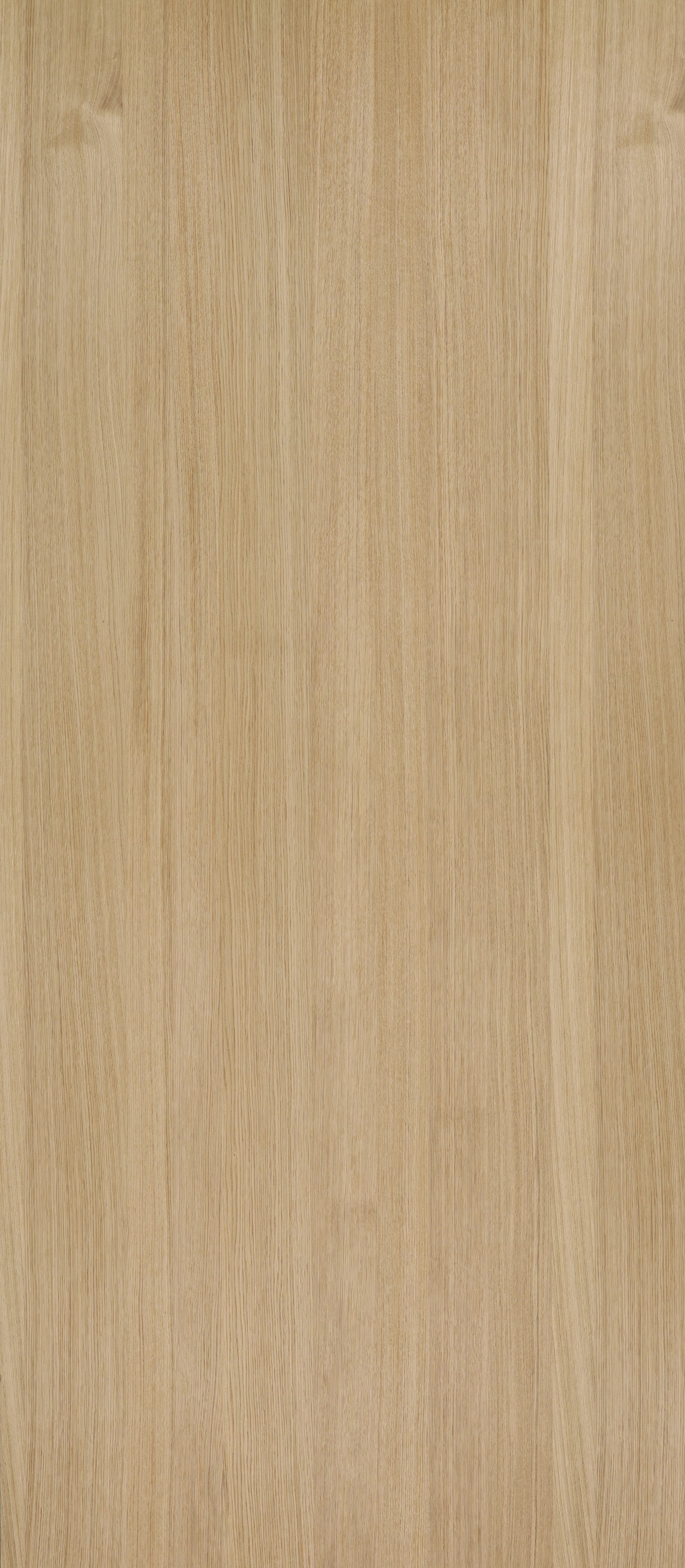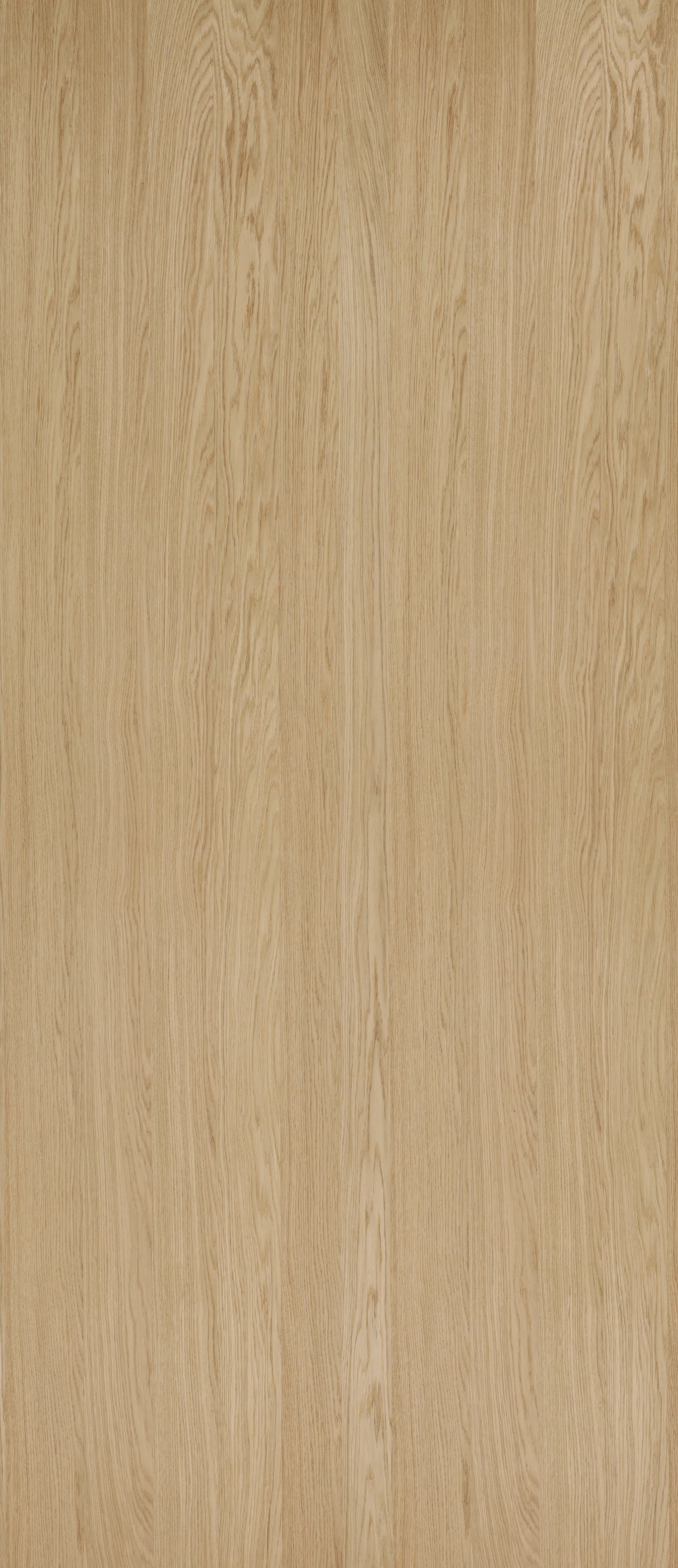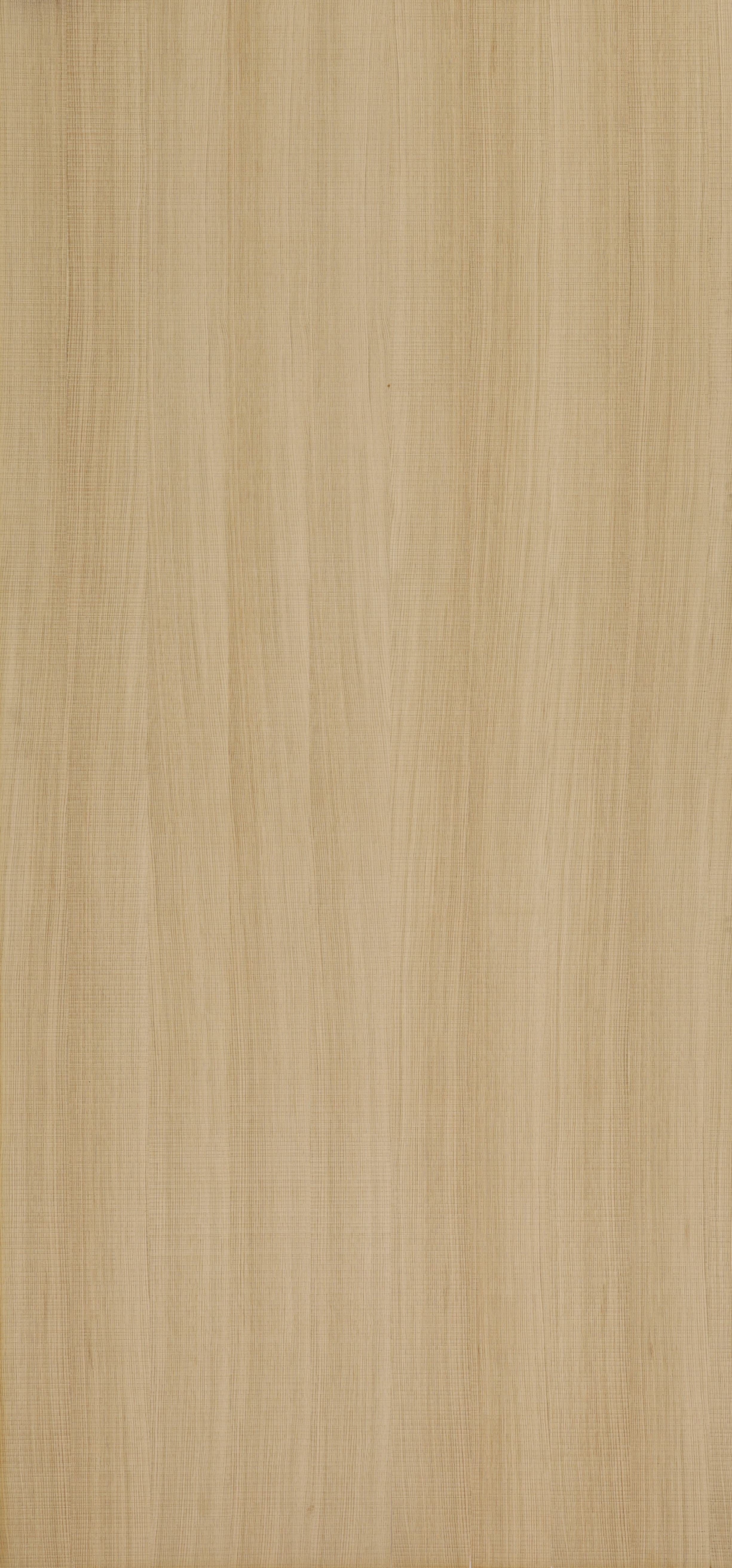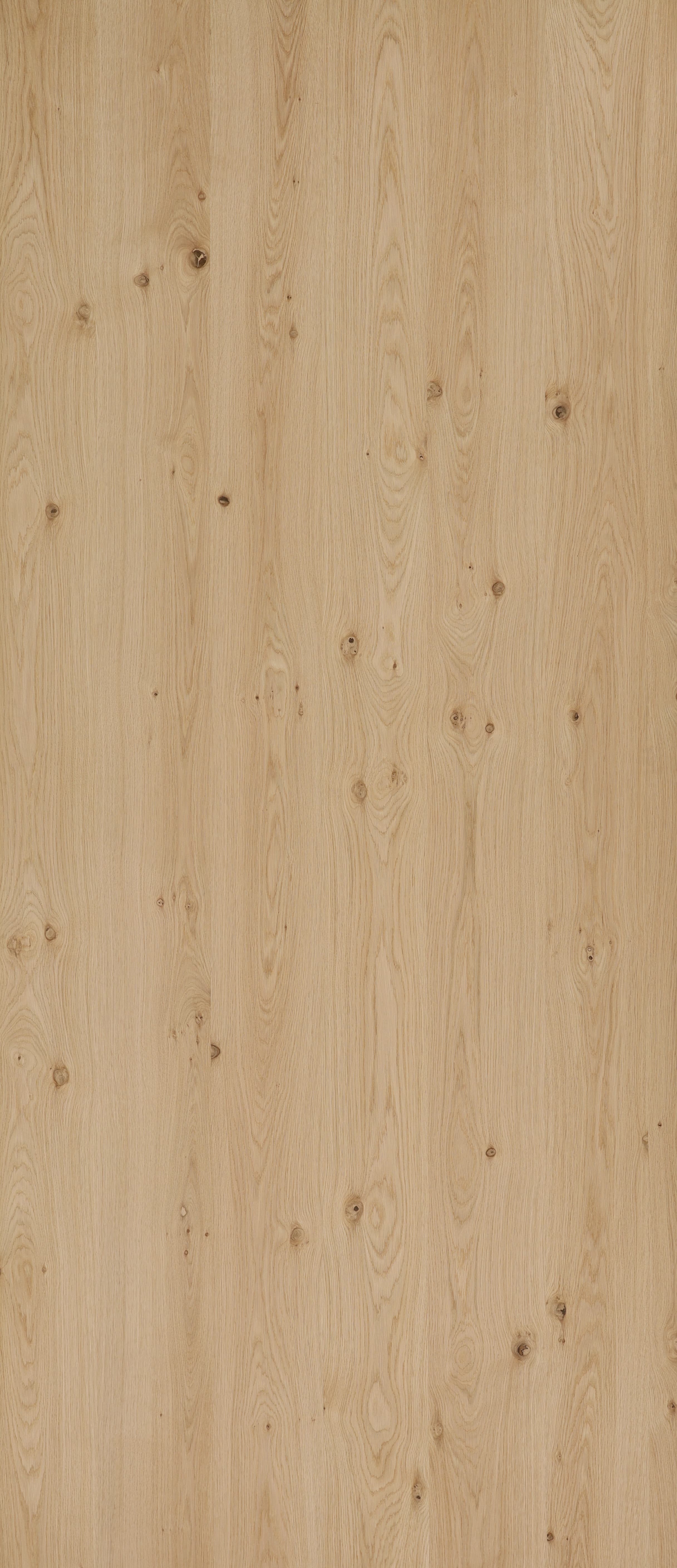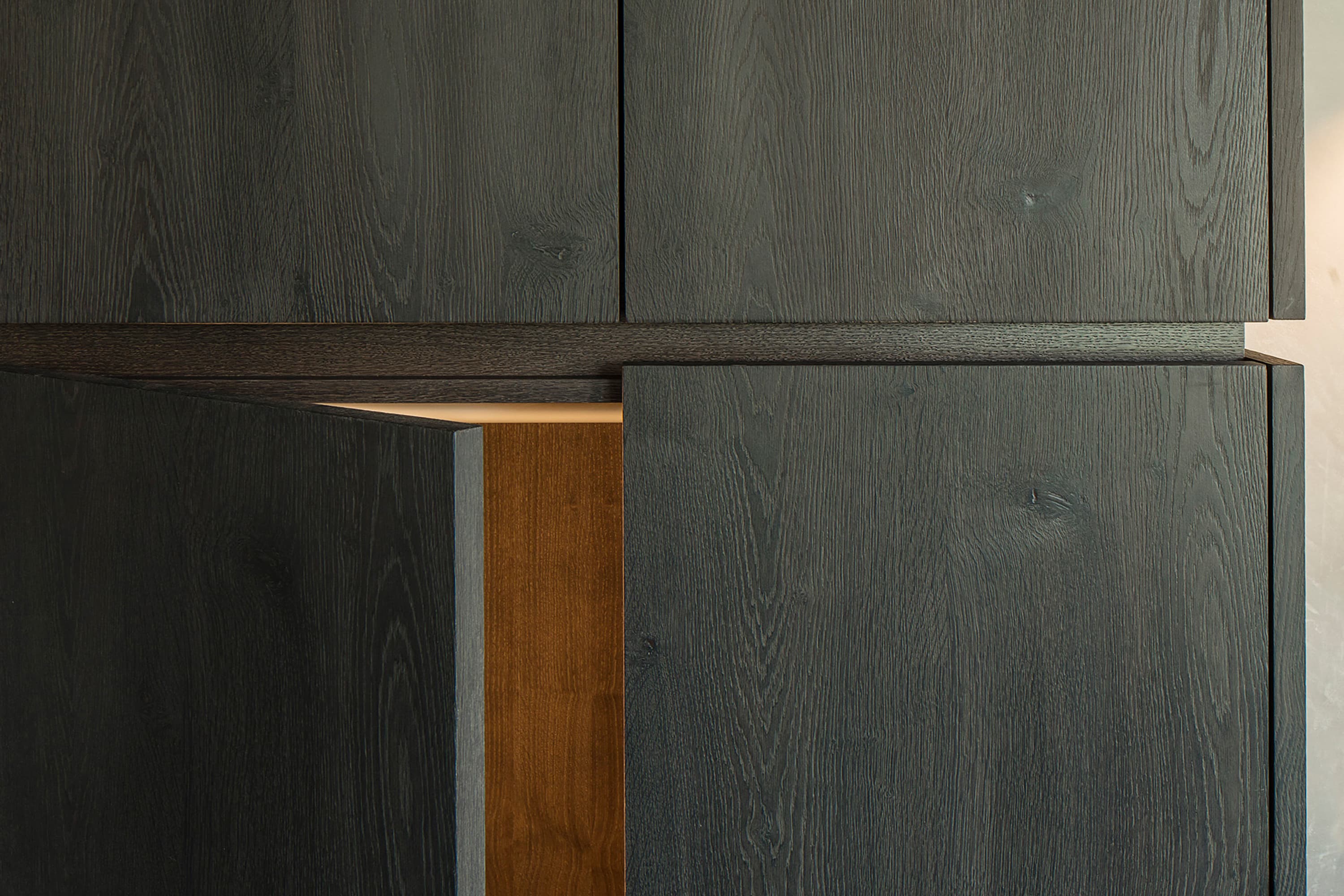
Surface
The multi-layer construction typical of our manufactured products makes it possible: individual pieces of furniture or room-defining surfaces made of the same wood in a uniform finish.
Surface uniformity
Thanks to our precisely coordinated surface design, we produce unified interiors: from floors to walls, ceilings, doors, stairs and furniture fronts. The same type of wood in the same condition (colour, structure, processing) can always be selected as the top layer. The extent to which the wood structure is visible depends solely on your wishes; with knots, shrinkage and wind cracks made either tangible or less obvious in a finer grading.
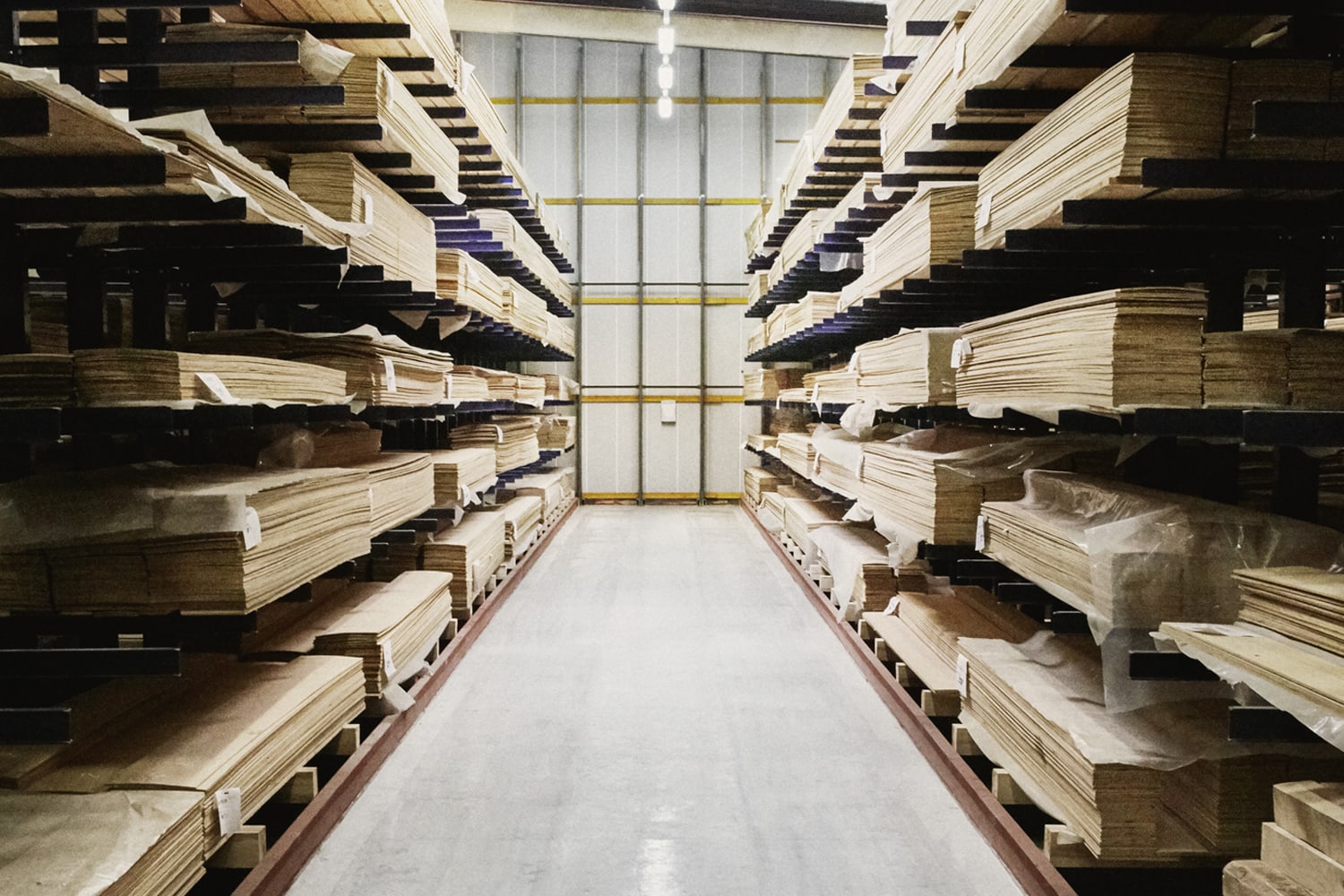
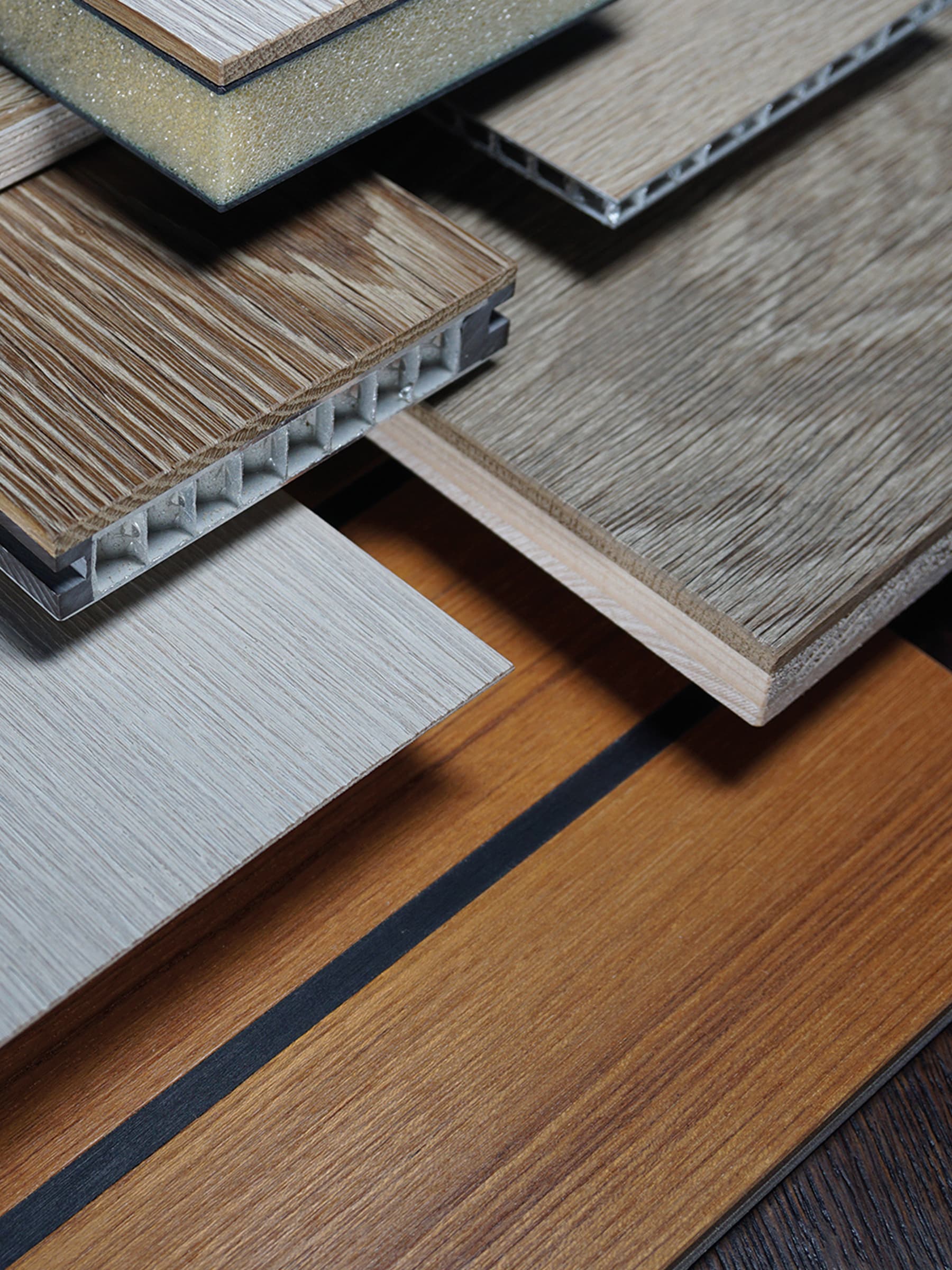
Dimensionally stable until a high age
No machine can achieve the perfection of our work. Our many processes combine traditional techniques and the latest technology. Each piece is manually worked, planed, brushed, smoked, coloured and then assessed using the highest quality measure there is – the human eye. All the materials used to finish and care for the material are developed, produced and tested by us.
Species of wood
We primarily use European varieties of oak from sustainably managed forests. Its hardness makes oak very robust, relatively hard-wearing and almost entirely stable. Its composition means that it permits us an almost endless variety of natural colours.
Are you still looking for a floor in a native softwood such as larch or Douglas fir? We can do that for you, too. Or would you prefer exotic woods? We will launch a search for you across sustainable plantations.
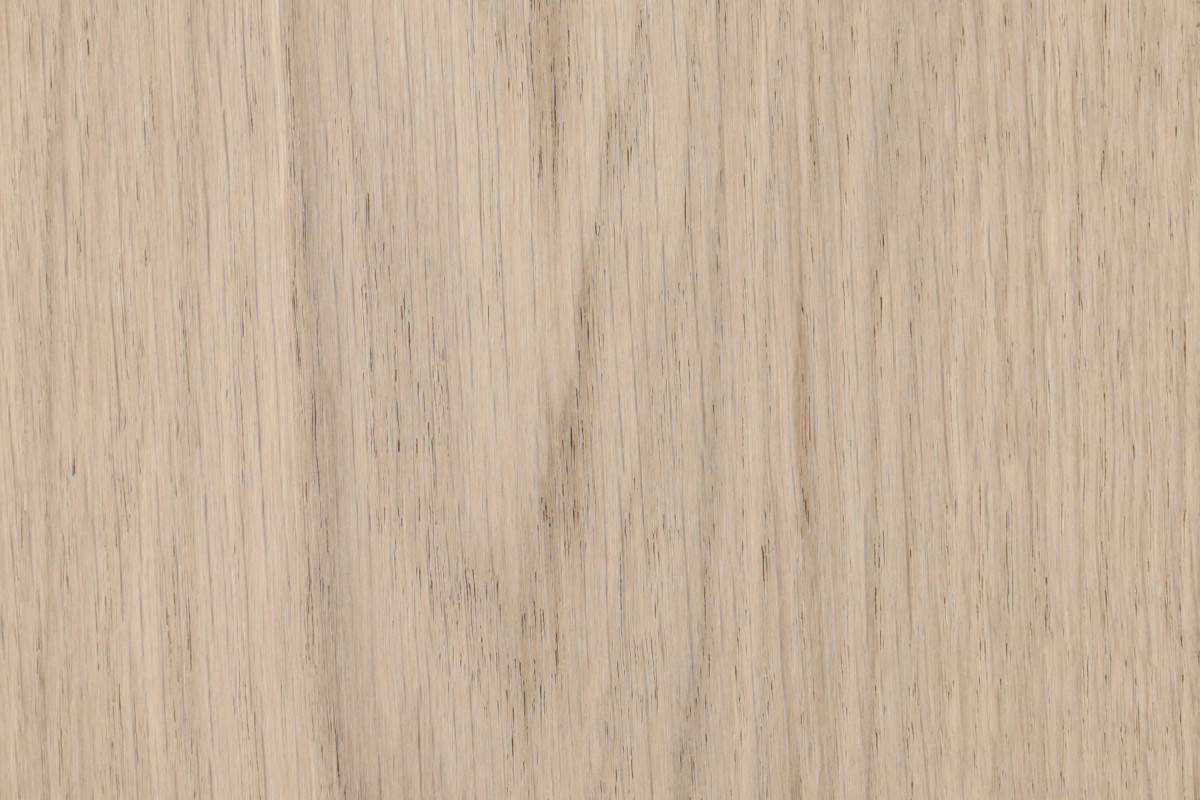
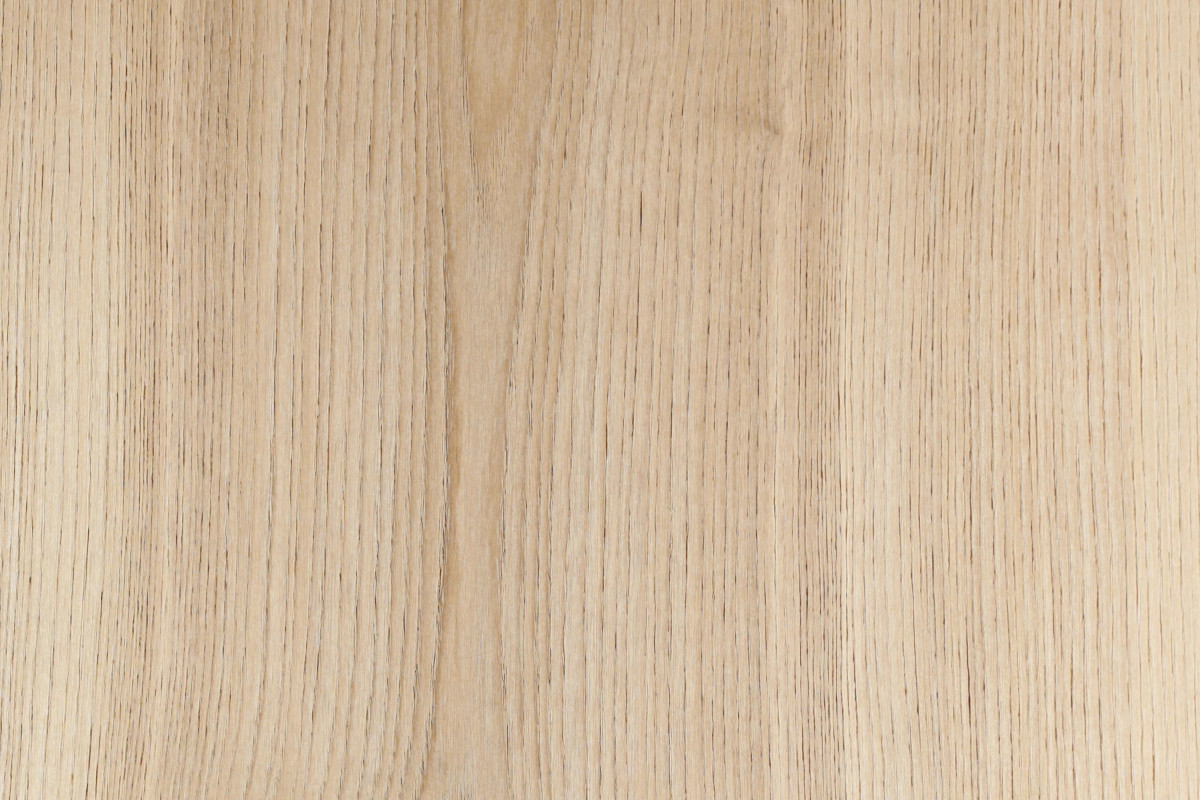
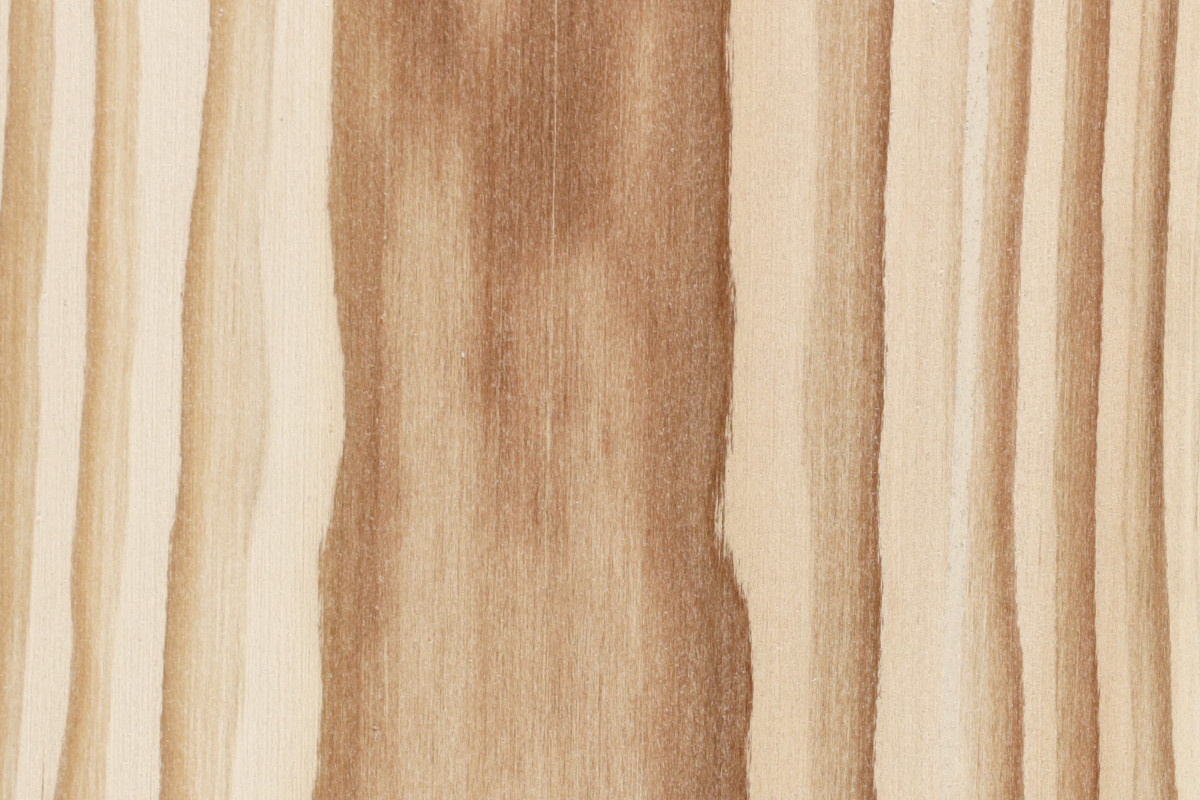
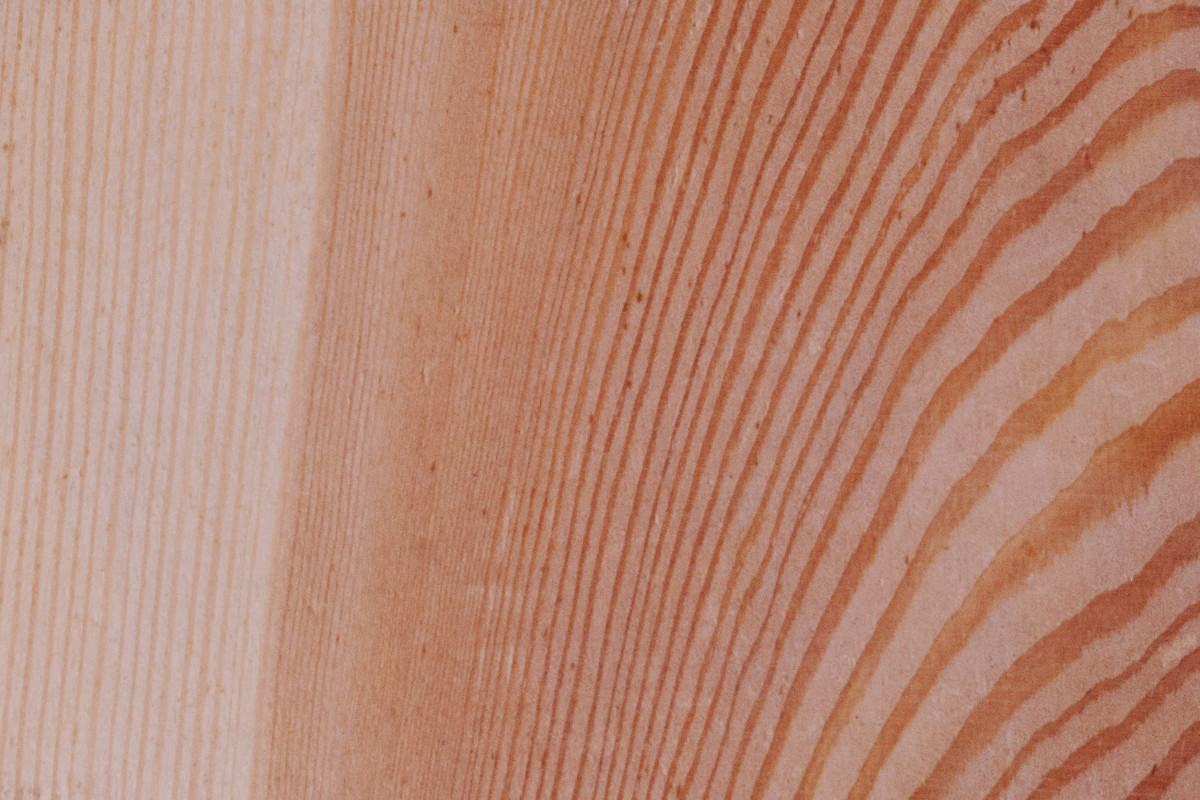
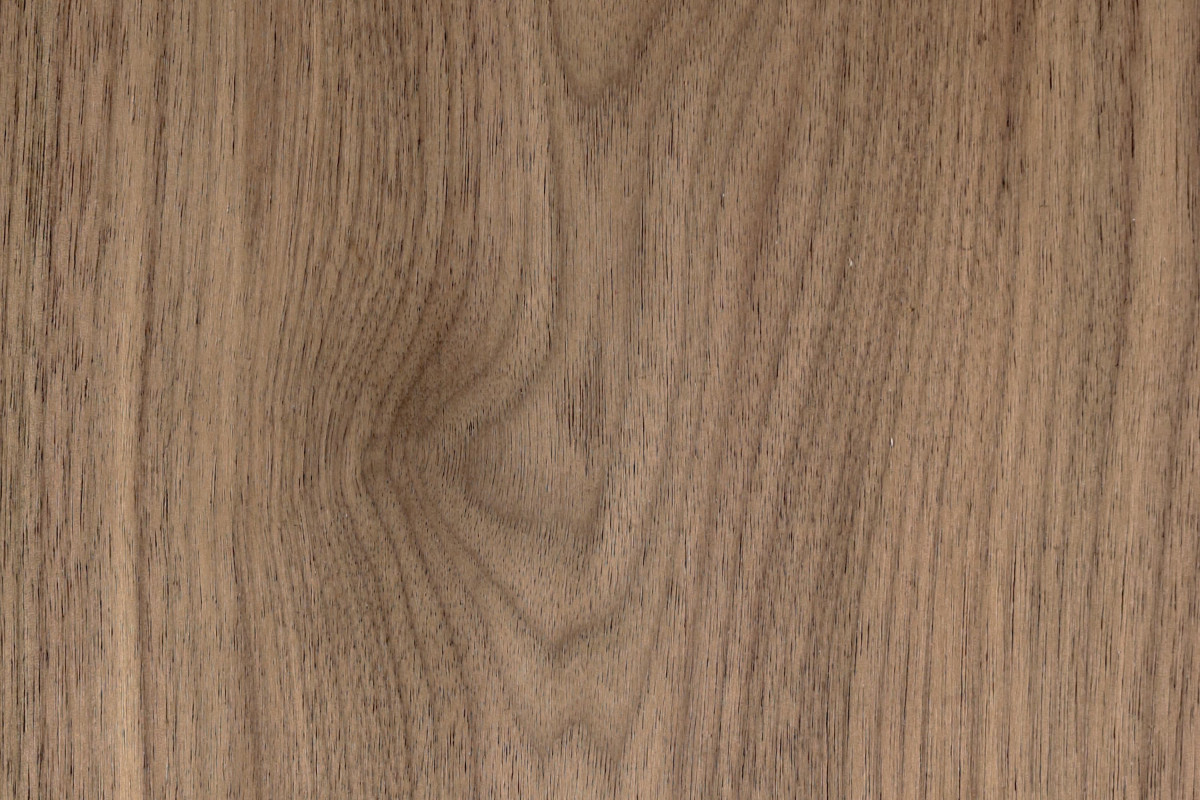
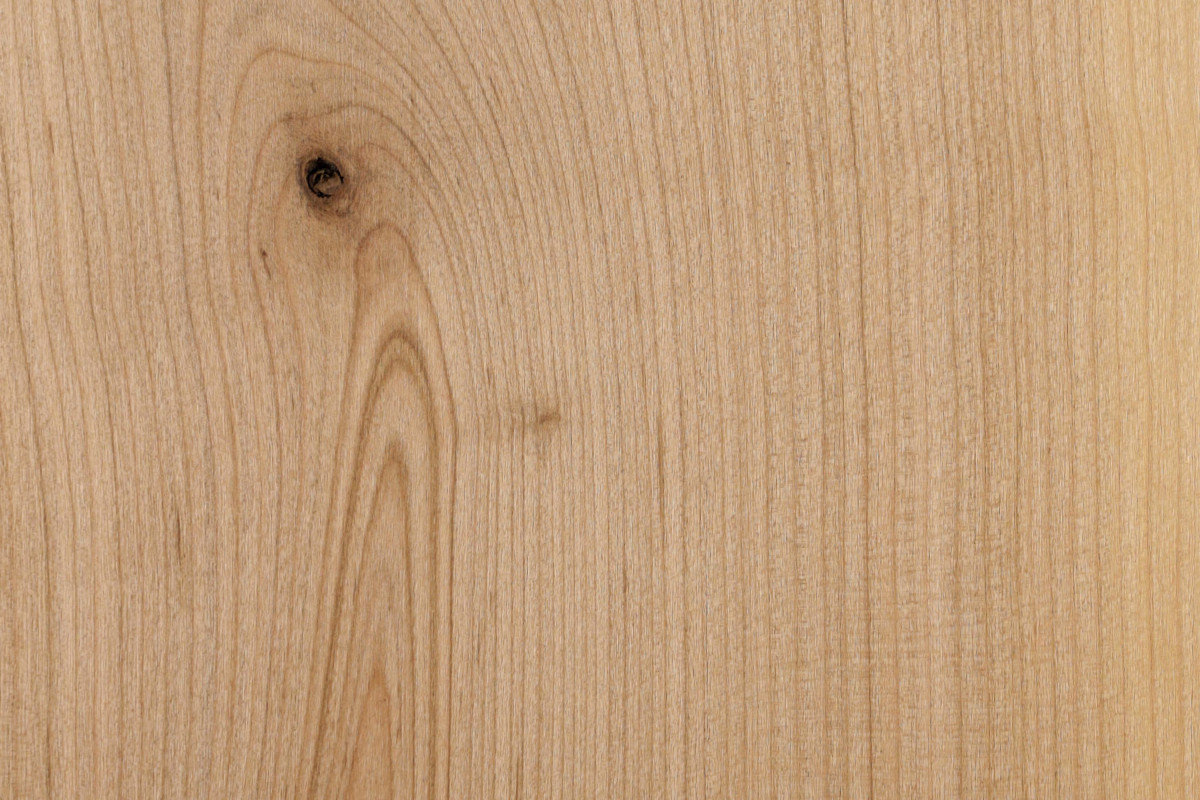
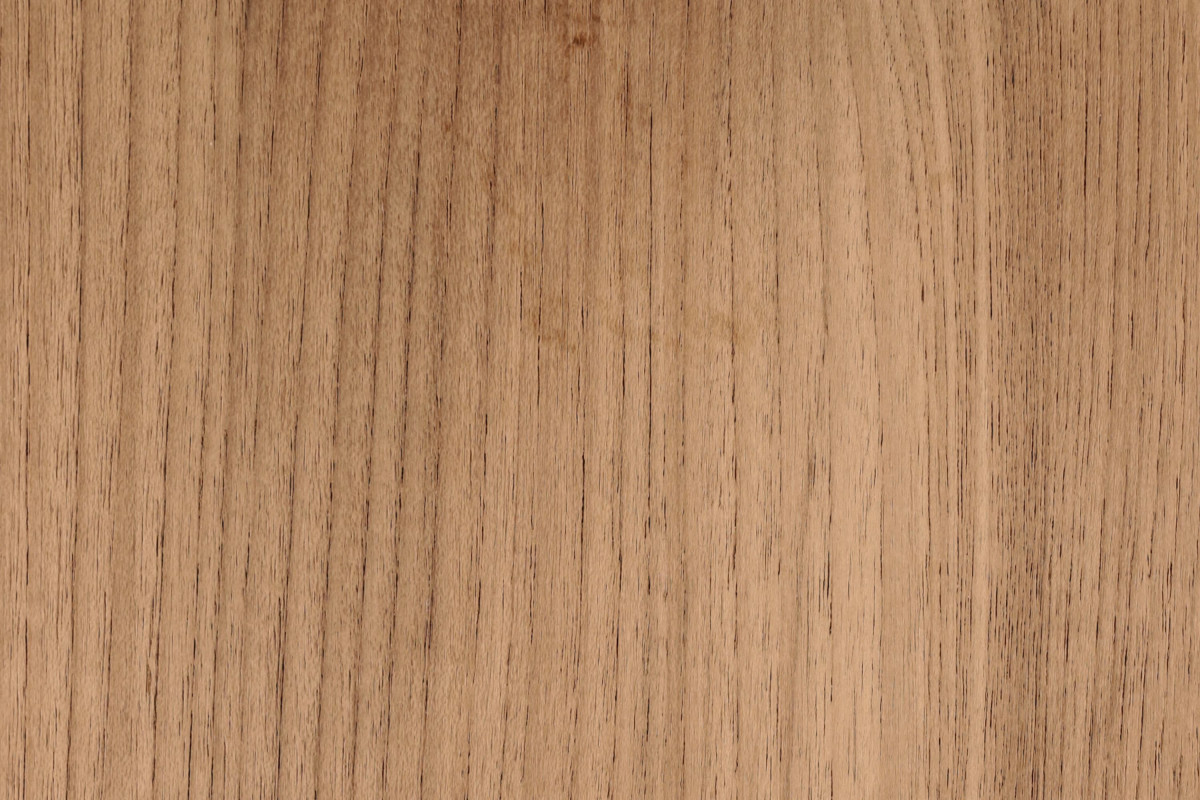
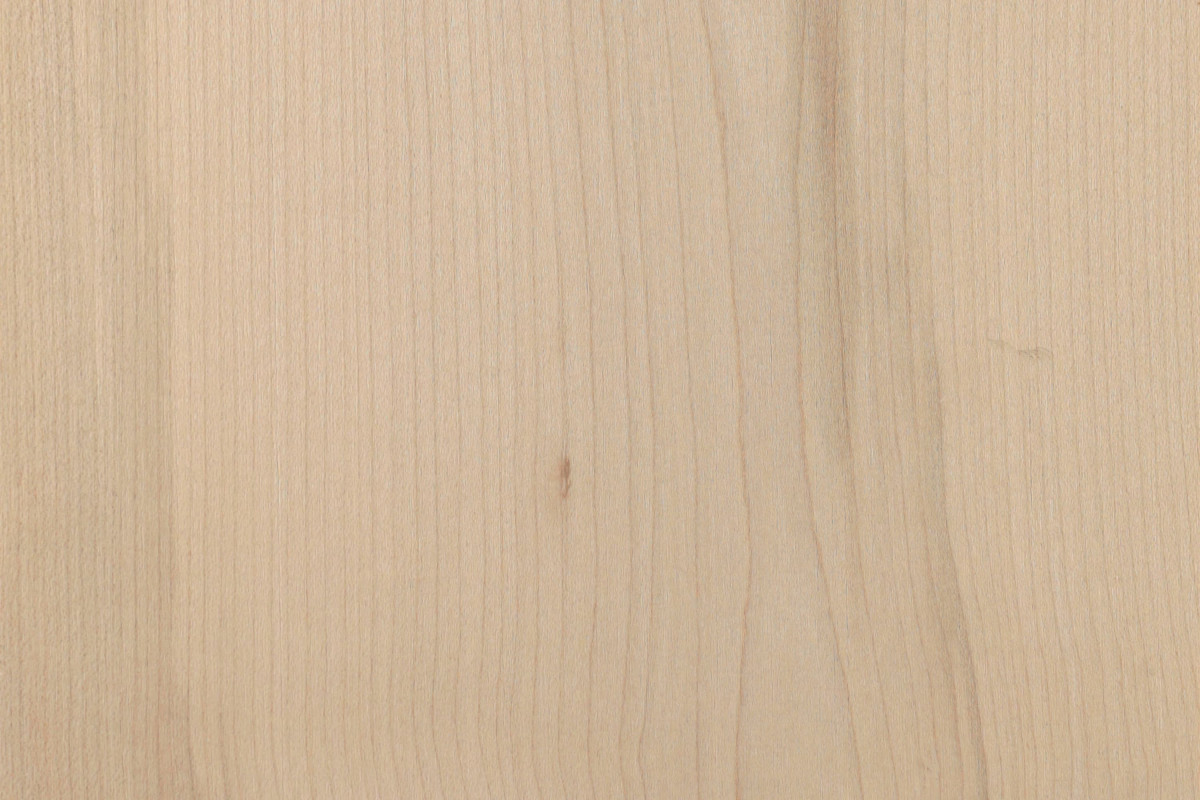
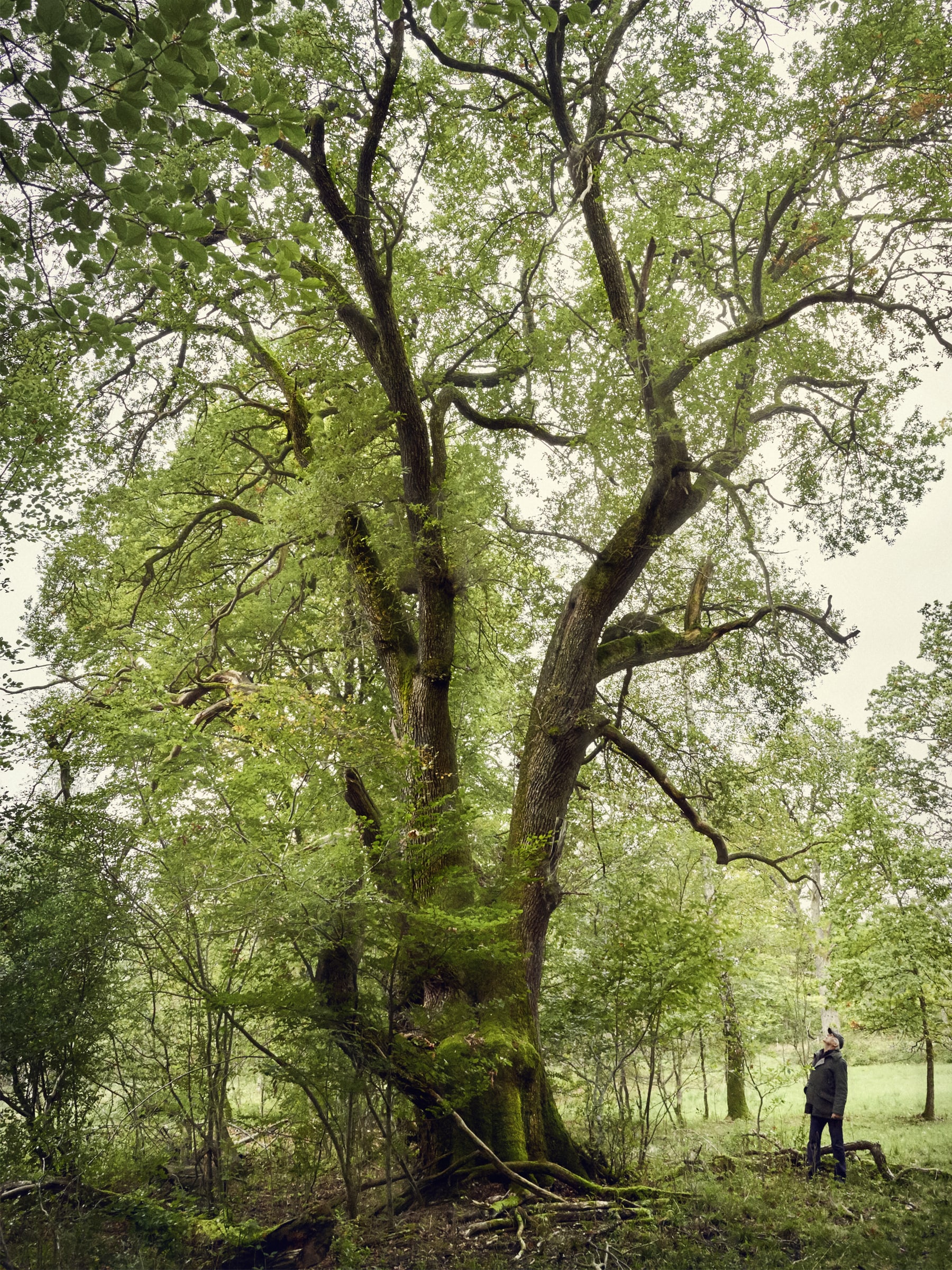
The tree:
the origin of our creations
The growth conditions of a tree have an impact on the later appearance of the wood when it is laid, as well as the colouration and changes in colour within the space. After all, all of the substances and influences that impact the tree in nature are deeply locked within the wood. Later, too, wood in its finished and fixed state reacts to environmental influences such as heat and cold.
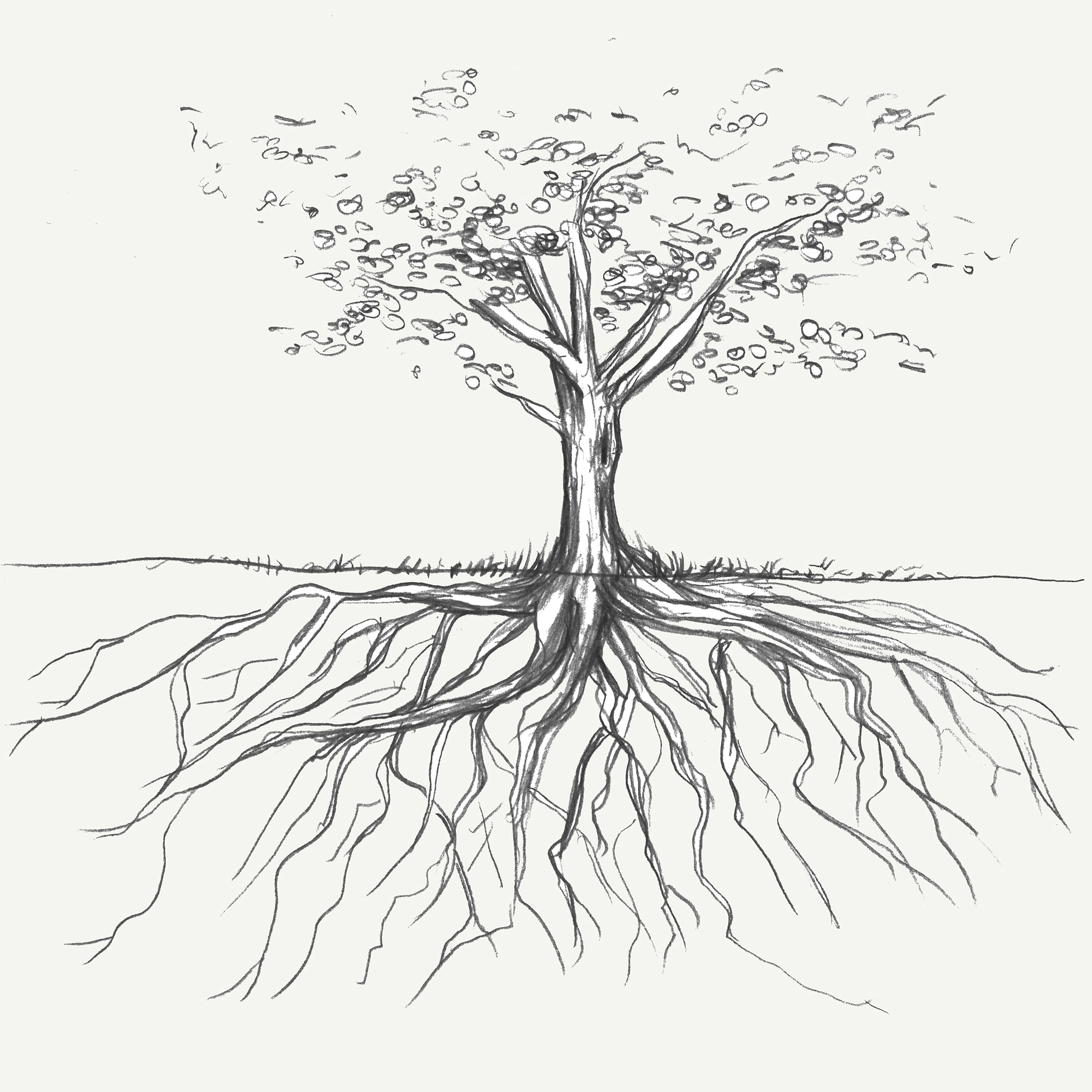
A tree is more
than the sum of its parts
A tree can roughly be divided into three parts: crown, trunk, roots. Even though we only use the trunk, we must take the whole into account. The genetics of the tree, and the ecosystem immediately surrounding it, have an influence on the shape and colour of our initial material. Plus, trees from contiguous growing areas have similar characteristics. An essential requirement for an even appearance in architecture.
Woodgrain:
the story of the tree’s life
The species of tree is fundamentally what defines the specific appearance of the wood. A wood surface is also defined by subtle characteristics that depend on the growth and structure of the particular species. Growth markings provide a characterful surface. They emphasise the living character of the wood. So medullary rays, colour variations, branching growth and resin inclusions are not faults. They are typical of wood. The environmental influences that have affected the tree over the course of its life influence the unique grain of the veneer. How these features are revealed on the surface depends primarily on how the trunk is cut at the sawmill.

“For us, the forest is a tutor and teacher because wood is far more to us than just wood. Only a person who understands the forest as a whole will understand how to handle the individual qualities of its trees.”
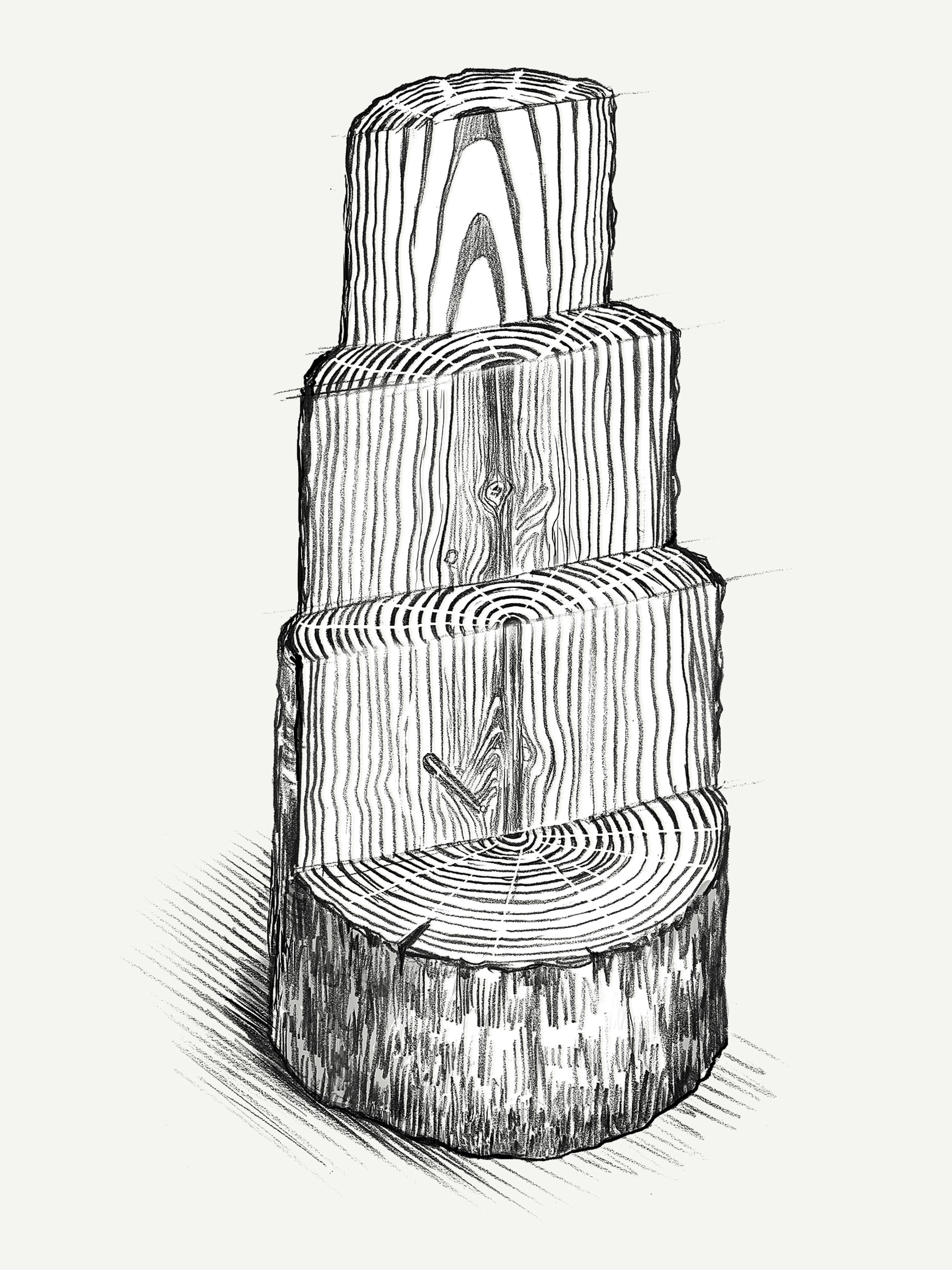
The tree shows us how its parts are to be graded
We use the whole trunk and not just the choice parts. This is why the widths of the veneers are defined primarily by the characteristics of the tree. We select the individual elements subject to strict quality requirements. Knotty growth and cracks are more strongly marked in the interior than on the outside. We therefore differentiate between two categories:
1 Fine character selection: minimal knots and cracks.
2 Medium character selection: more marked knots and cracks.
Selection & Treatment (oak)
Closely textured wood: the trunk is cut across the radius so that the growth rings run almost parallel as light and dark stripes. Brushing out the earlywood accentuates the tight fine grain typical of the species and cut.
Solid wood texture: a lively and diverse palette of features produces a classic wood look. Brushing out the earlywood accentuates the broader fine grain typical of the species and cut. (70–160 mm)
Closely textured, rough-sawn wood: the trunk is cut across the radius so that the growth rings run almost parallel as light and dark stripes. The rough-sawn look is created by adding saw marks running at right-angles to the grain.
Marked wood texture: a lively and diverse palette of troughs and curled spots produces a classic look. Brushing out the earlywood accentuates the loose grain typical of the species and cut.
Our surface finishing penetrates
deep into the wood
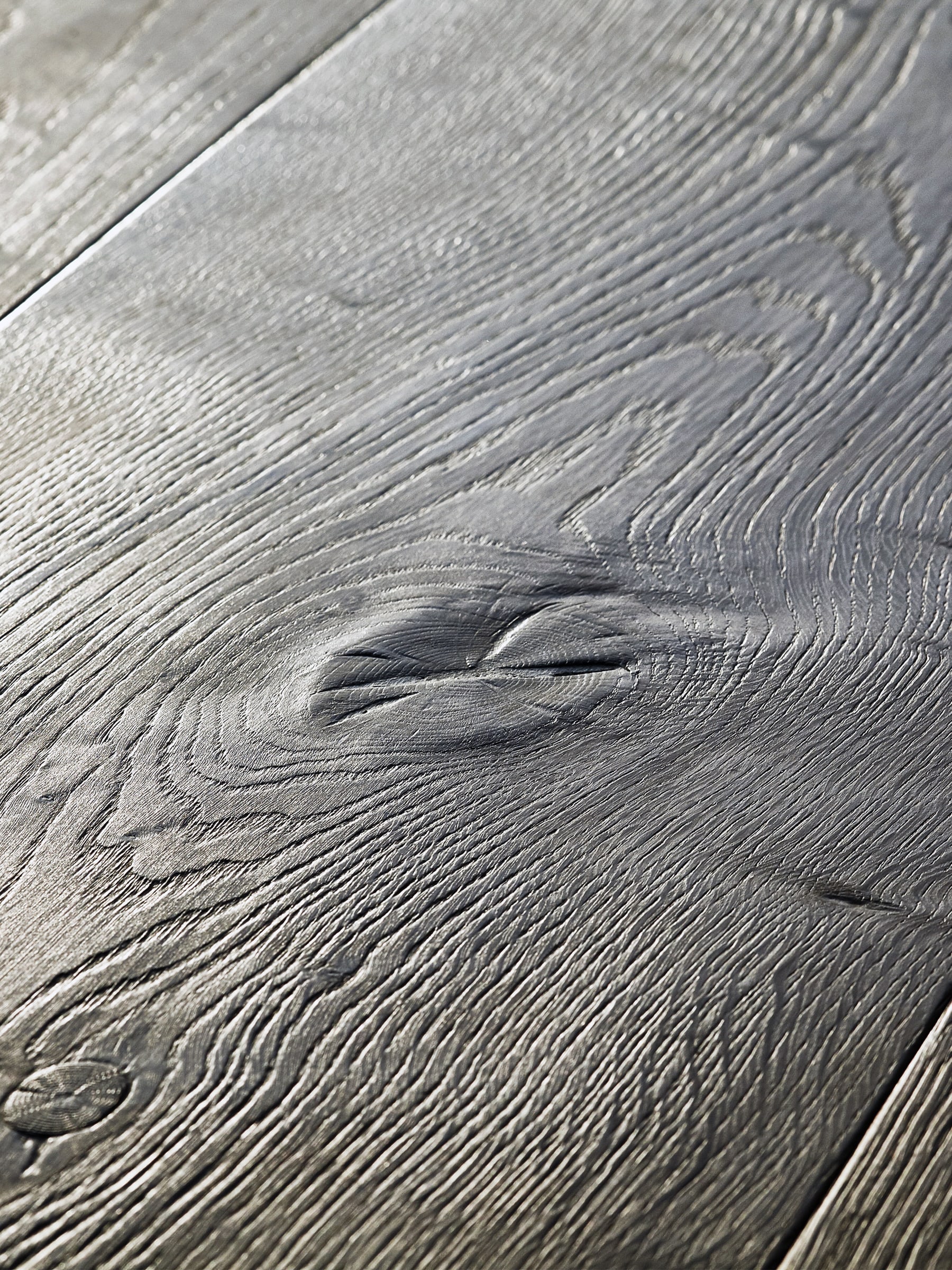
Hard-wearing and robust
Using the drying process specially developed by us, we reduce the moisture content of the wood to increase its natural resilience. This minimises swelling and shrinkage in later use, so that no cracks develop later and the product retains its original dimensions. In addition, drying brings out the grain of the wood which can then be clearly felt.
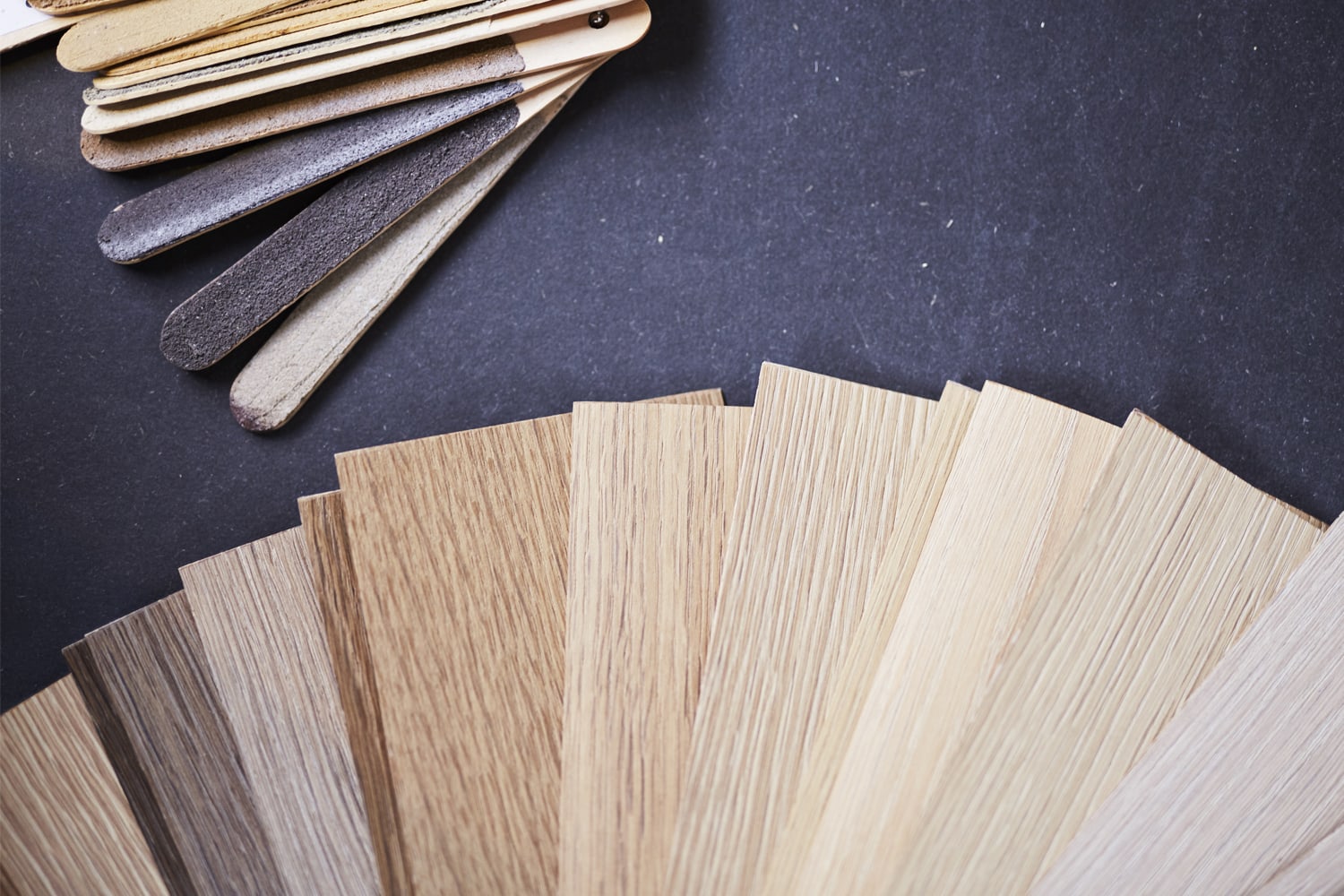
Colour stable and protected
We wash our wood deep into the pores using our proprietary technology. This reduces significant substances within the timber known to make wood sensitive to staining and yellowing, and can negatively influence its appearance over time. The colour remains demonstrably more stable. Plus, pores become more receptive to our nourishing essences, which are able to penetrate permanently deep into the wood, creating lasting protection. Because colouring involves activating the wood’s own component substances and working the finest pigments, sourced from earth and stone, into the wood itself.
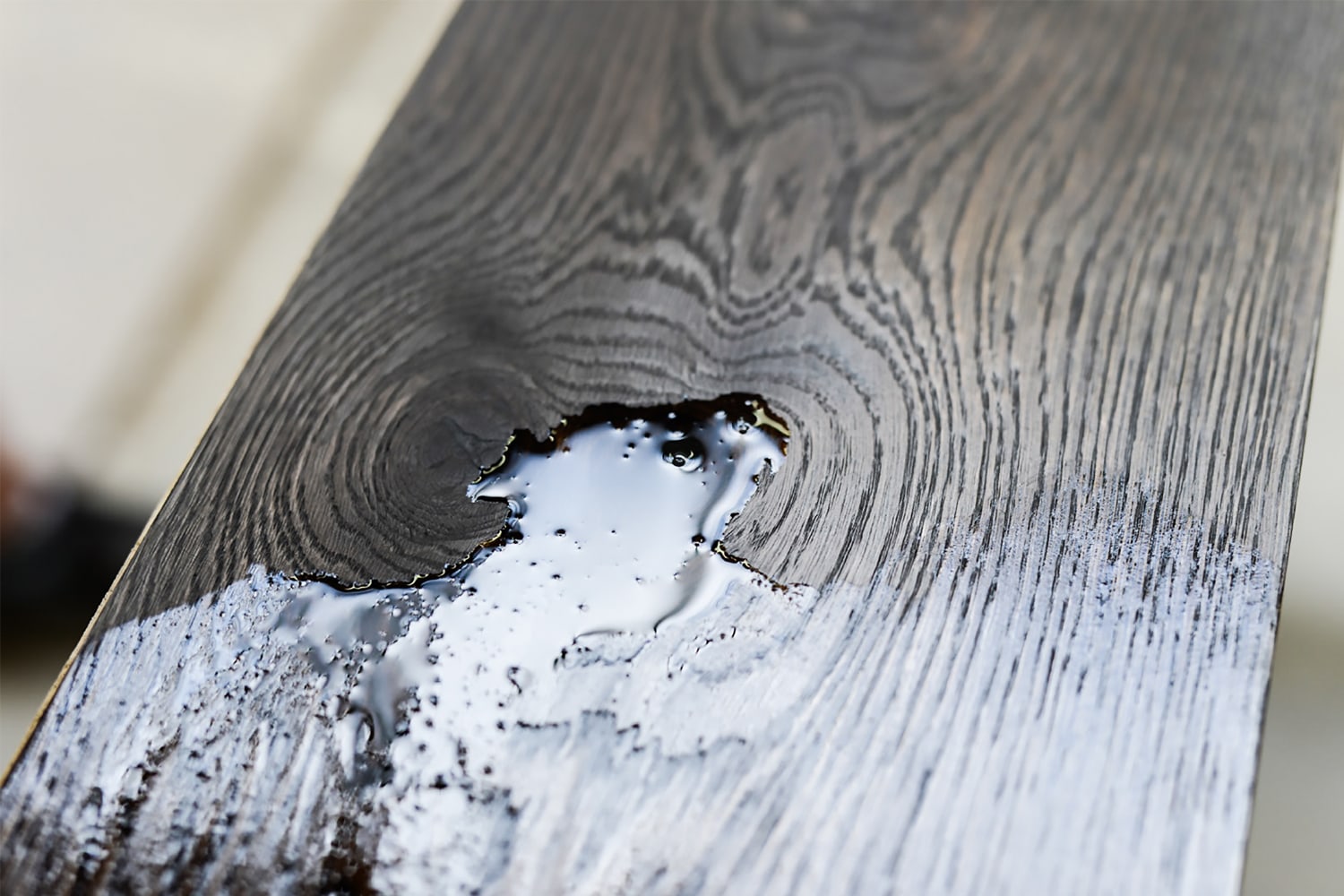
Robustness from resins,
waxes, oils
The essences used for our surface finishes are a precious mixture of natural resins, waxes and oils. Ingredients such as walnut oil, beeswax and shellac do not seal the wood as synthetic lacquers do, but let it breathe, making it completely resilient. For supremely healthy living spaces.
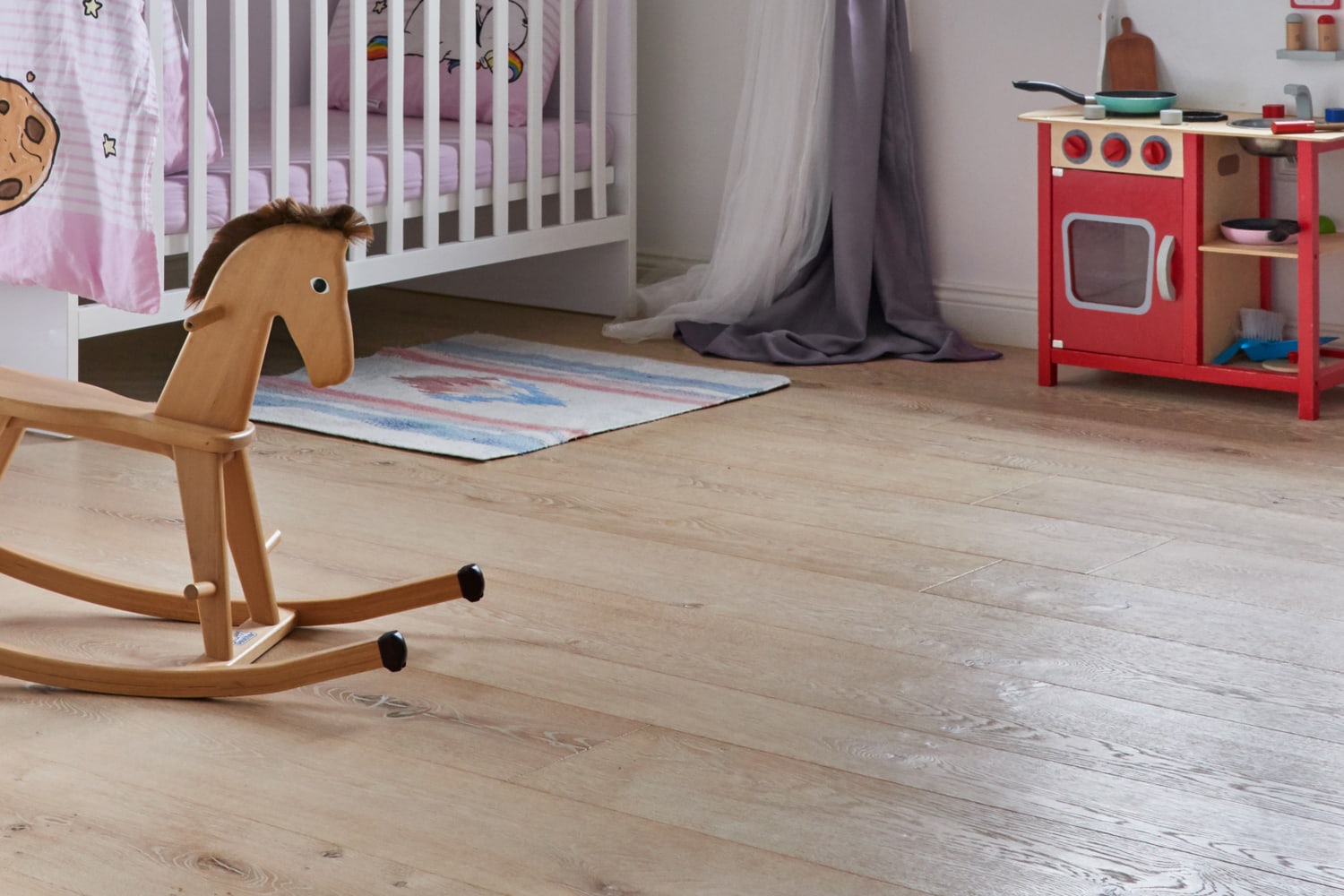
Made for generations
Our products age with beauty and dignity. Each of our unique, custom-made pieces matures with its owner, takes on a richness that comes from the traces of its daily use. Giving it its very own character which will be felt by generations to come. Careful cleaning and care regenerates the wood surface. It must never be sanded back and will retain its beauty for ever.

“The forest is a valuable ecosystem and a space worth protecting. So, we always approach with respect, the highest level of expertise and a fine feel for the job.”
